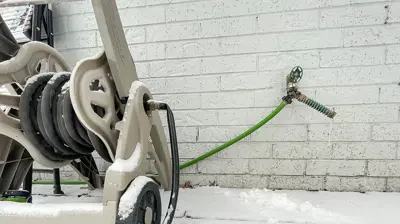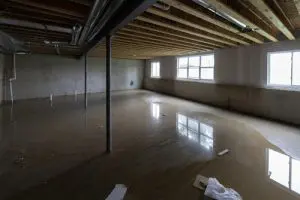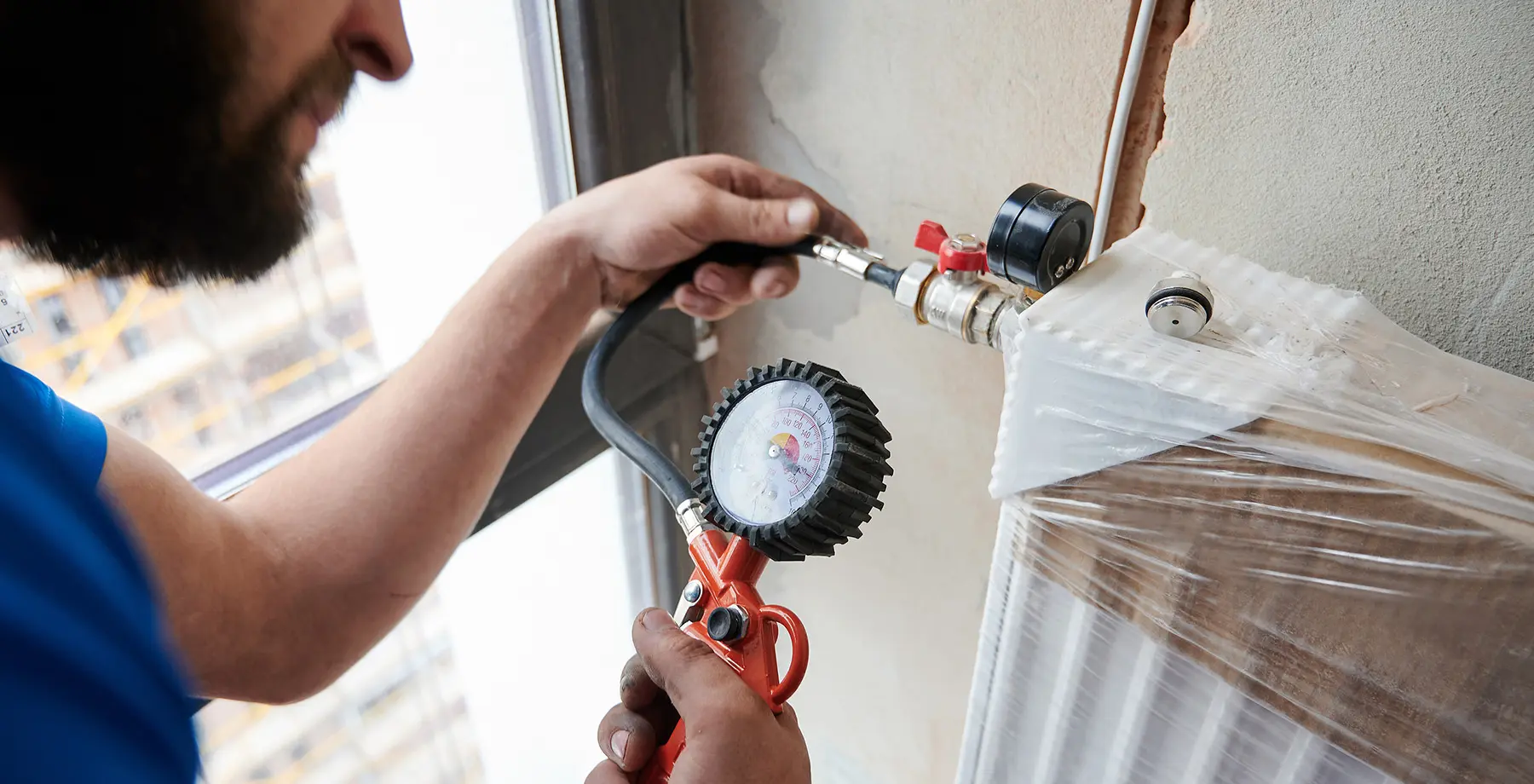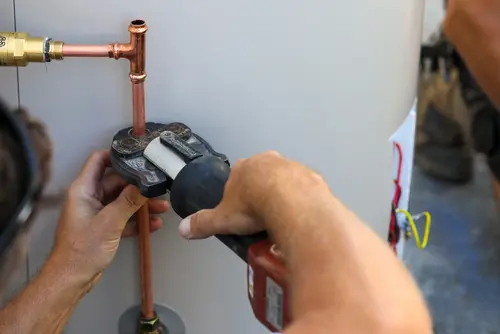Sump Pumps
Sump Pumps: Essential Information for Homeowners
Understanding the importance of sump pumps is critical for any homeowner. These devices play a vital role in preventing water damage to your house. In this comprehensive blog post, we will cover several key topics regarding sump pumps, ranging from what they are, why you might need one, to the types available, and much more. Each section will offer valuable insights for both current and prospective homeowners.
What Is a Sump Pump and Why Might I Need One?
A sump pump is a mechanical device designed to remove water that has accumulated in a sump basin, typically located in the basement or the lowest part of a home. These pumps are essential for homes located in areas with high water tables, frequent heavy rainfalls, or poor drainage. They help in mitigating the risk of flooding, reducing dampness, and preventing structural damage.
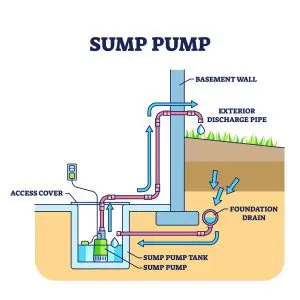
Sump pump system for home basement drain water discharge outline diagram.
Here are several reasons why you might need a sump pump:
– Flood Prevention: Sump pumps are incredibly useful for preventing basement flooding during heavy rainfall or rapid snowmelt.
– Moisture Control: By keeping areas like basements dry, sump pumps can significantly reduce the risk of mold and mildew, thereby protecting indoor air quality.
– Foundation Protection: Constant exposure to moisture can weaken your home’s foundation over time. Sump pumps help maintain the stability and longevity of your property’s structure.
What Kind of Sump Pumps Are Available?
There are several types of sump pumps available in the market, each with its own set of benefits and applications. Understanding the differences can help you make an informed decision.
1. Submersible Sump Pumps: These pumps are designed to operate under water and are typically seated in a sump pit. They are known for their high efficiency and quieter operation.
2. Pedestal Sump Pumps: Unlike submersible pumps, pedestal pumps are located above the sump pit, making them easier to service. They tend to be louder but are also more affordable.
3. Battery Backup Sump Pumps: These pumps are usually secondary systems that kick in when the primary pump fails or during a power outage. They provide an extra layer of protection against flooding.
4. Water-Powered Sump Pumps: These are non-electrical pumps that operate using municipal water pressure. They can serve as a backup to the primary electric pump but are not suitable in areas with water restrictions.
Where Does Water from the Sump Basin Go?
The water collected in the sump basin needs to be directed away from your home efficiently. Most sump pump systems are set up to drain the water into a gravel-filled pit or a municipal stormwater system. Here are the common methods:
1. Discharge to Municipal Storm Sewer: Some homes are designed to drain the sump water directly to a municipal storm sewer, provided local regulations permit this.
2. Discharge to Dry Well: This involves draining water into a gravel pit designed to allow the water to percolate into the ground, far from the home’s foundation.
3.Discharge Point: Ensure that the discharge point is located a good distance away from your property to prevent water from flowing back towards your home.
What is the Installation Process?
Installing a sump pump involves several critical steps and is usually best handled by professionals. If you prefer a DIY approach, ensure you have a sound understanding of plumbing and electrical systems. Here are the general steps involved:
1. Choose a Location: Identify the lowest part of your basement or crawlspace where water collects.
2. Excavate the Sump Pit: Dig a hole that is slightly larger than the sump basin. The recommended pit size is usually about 2 feet deep.
3. Install the Basin: Place the sump basin into the hole and make sure it is level.
4. Prepare the Pump: Install the sump pump inside the basin. If you are using a submersible pump, it will sit at the bottom of the basin; if a pedestal pump, the motor will be upright.
5. Connect the Discharge Pipe: Attach a PVC pipe to the pump. This pipe will carry the water out and away from your home.
6.Install a Check Valve: Attach a check valve to the discharge pipe to prevent backflow.
7. Complete Installation: Finally, power the pump by plugging it into a grounded electrical outlet with a GFCI (Ground Fault Circuit Interrupter).
How much maintenance does a sump pump require?
Regular maintenance of your sump pump ensures it operates effectively when needed. Here are some maintenance tips:
1. Test the Pump Regularly: Pour water into the sump pit to make sure the pump starts automatically and the water gets pumped out.
2.Clean the Pump and Basin: Remove any debris that might obstruct the pump’s operation. Clean the basin and pump inlet screen regularly.
3. Check the Discharge Line: Ensure that the discharge line is free of obstructions and that water flows away from your home properly.
4.Inspect the Check Valve:Make sure the check valve is functioning as it should and replace if worn out.
5. Backup System: Regularly test and maintain the backup sump pump system to ensure it is in working condition, especially before the rainy season.
What You Need to Know Before Buying a Sump Pump?
Before investing in a sump pump, consider the following factors to select the right one for your home:
1. Capacity: Determine the pump capacity needed based on the rate of water flow into the basement. Higher horsepower models can move more water.
2. Durability: Look for pumps made from durable materials like cast iron or stainless steel, which last longer and withstand harsh conditions.
3. Warranty:Check the manufacturer’s warranty as it can provide insights into the pump’s expected lifespan and what issues are covered.
4. Noise Levels: Consider the noise level of the sump pump, especially if it is installed near living areas.
5.Power Source: Decide whether you want a main-powered pump alone or one equipped with a battery backup for extra protection.
What Should You Know When Buying a House with a Sump Pump?
If you’re in the market to purchase a home with an existing sump pump system, there are a few considerations to keep in mind:
1. Age of the Sump Pump: Check how old the sump pump is and enquire about its history of use and maintenance.
2. Condition of the System: Inspect the sump pit, pump, and discharge lines to make sure everything is in good working order.
3.Backup System:Verify if there is a backup pump installed and check its functionality.
4. Inspection: Have a professional plumbing inspection done to evaluate the condition of the sump pump system.
5. Operating Records: Ask the seller for any records of maintenance or repairs done on the sump pump system.
Who Works on Sump Pumps? Plumbers?
Sump pump installation, repair, and maintenance fall under the professional expertise of plumbers. Here are the services a plumber can provide:
1. Installation: Professional plumbers ensure that sump pumps are installed correctly according to code, which helps in efficiently managing water buildup and avoiding future issues.
2. Repair: From motor failures to clogged pumps, plumbers can quickly diagnose and fix a variety of sump pump problems.
3. Maintenance: Regular maintenance services by plumbers can extend the life of your sump pump.
Why Hire a Professional like AAA City Plumbing?
While a DIY approach can be tempting, hiring a professional plumber offers several advantages:
– Expertise: Professional plumbers have the knowledge and experience to ensure that your sump pump system is installed correctly and efficiently.
– Compliance: Professionals are familiar with local codes and regulations, ensuring your installation meets all requirements.
– Warranties:Professional installations often come with warranties or guarantees, providing peace of mind.
– Safety: Plumbers can handle electrical connections safely, reducing the risk of wiring issues or hazards.
Conclusion
While it is indeed possible for a handy homeowner to install a sump pump, the complexity and importance of the task often warrant hiring a professional plumber. This ensures that the system is installed correctly and functions optimally to protect your home from water damage. Regular maintenance checks, whether performed by yourself or a professional, will also help prolong the life of the sump pump and maintain its efficiency.
Grab a Coupon.

$50 OFF Any Plumbing Service
Not combinable with other offers.
Must mention Parker to receive this discount.
Valid Jan 1, 2025 - Dec 31, 2025
Providing professional plumbing services for nearly 30 years. We love what we do and will always treat your home as if it was our own.
Whatever your plumbing need, we are here to solve your plumbing problem and make your home or business a place you can enjoy stress-free.
We hire top-notch plumbers in the area because your home & business deserve the very best.
Have a Plumbing Emergency in Charlotte, Rock Hill, or a surrounding area?
Let AAA City Plumbing help! Schedule your service today!
